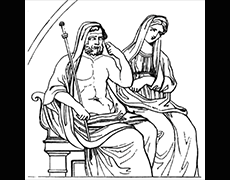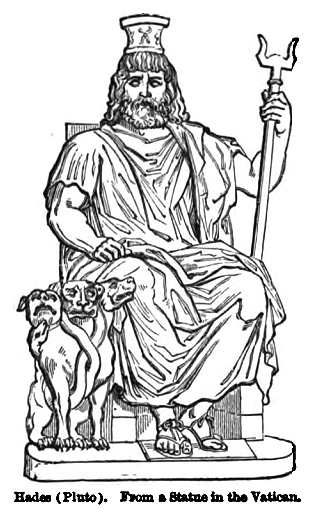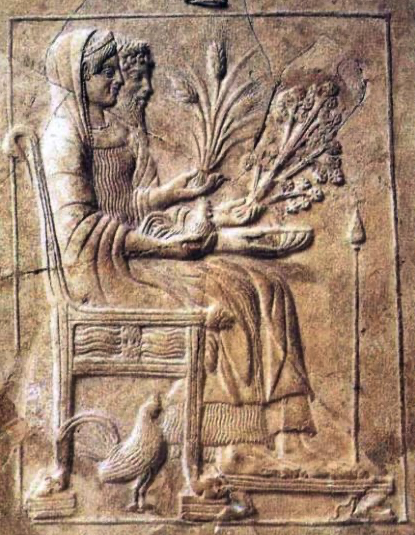
In ancient Greek mythology, Hades is the god of the underworld, the realm of the dead.
He is the brother of Zeus and Poseidon, and together they rule over the three realms of the universe: the sky, the sea, and the underworld.
Hades is often depicted as a stern and serious god, with a helmet that makes him invisible and a three-headed dog, Cerberus, as his guardian. He is also known for his powerful and fearsome weapon, the Helm of Darkness, which he uses to control the spirits of the dead.

Hades is not just a god of death, but also of wealth, as the underworld is believed to be rich in precious metals and minerals.
In this sense, he is also associated with the agricultural fertility, as the seed has to die in the ground to give birth to the new crop.
The most famous myth about Hades is the story of Persephone, the daughter of Demeter, the goddess of the harvest.

Hades abducts Persephone and takes her to the underworld to be his queen. This results in Demeter’s grief, which causes the earth to become barren and no crops to grow. Eventually, a deal is made that Persephone will spend half of the year with her mother and half with her husband, Hades. This results in the seasons of spring and summer (when Persephone is with her mother) and fall and winter (when Persephone is with Hades).
The cult of Hades was not as popular as that of other gods in ancient Greece, as people feared the underworld and the god of death.
However, there were some places of worship dedicated to him, such as the city of Eleusis, where the famous Eleusinian Mysteries, a secret religious rite, was held. The purpose of the mysteries was to provide initiates with a vision of the afterlife and the promise of immortality.

